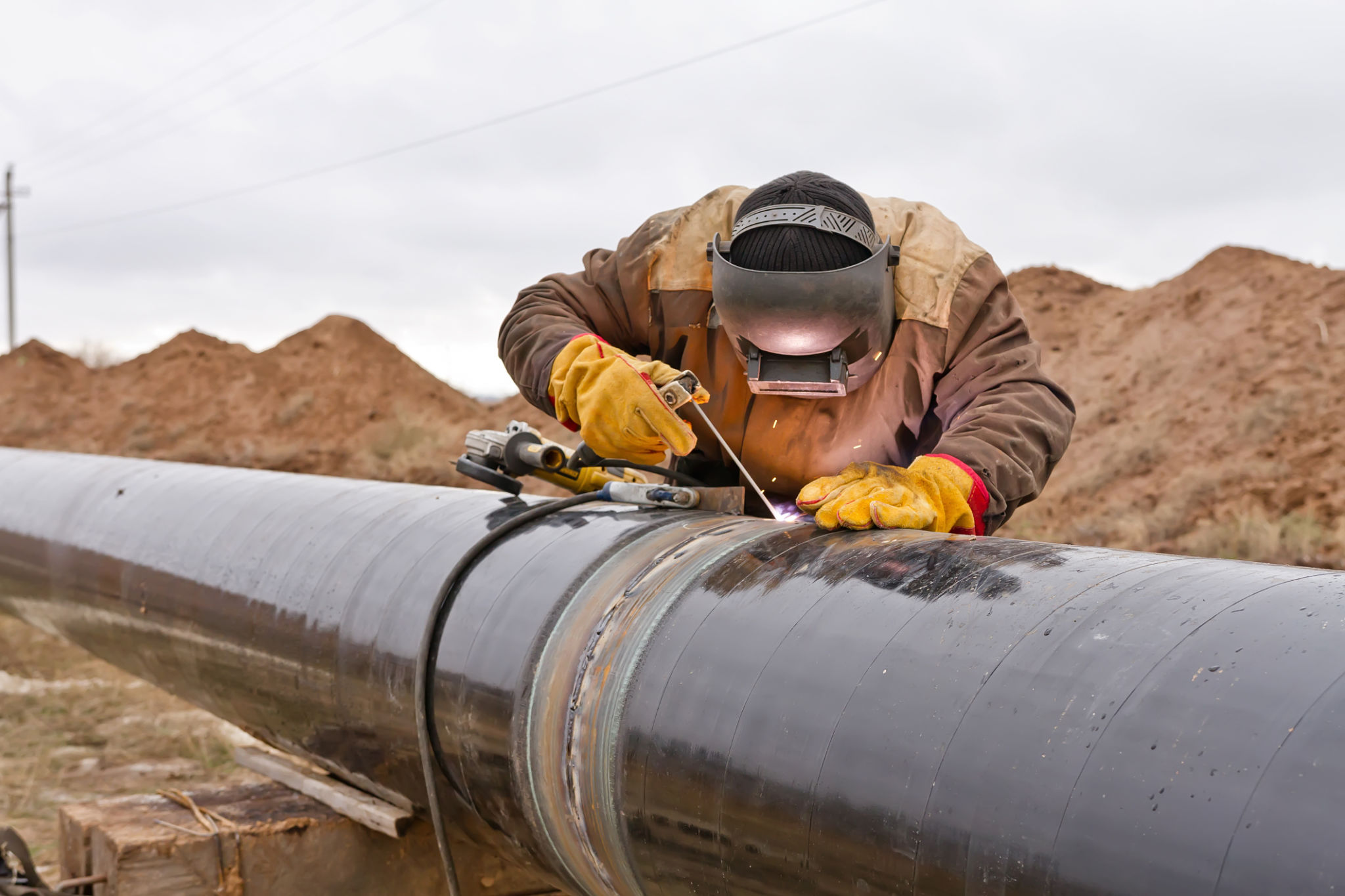The Essential Guide to Pipeline Repair and Maintenance
Introduction to Pipeline Repair and Maintenance
Pipelines are the lifelines of various industries, transporting essential resources like water, gas, and oil. Ensuring their optimal performance requires regular maintenance and timely repairs. Neglecting these tasks can lead to significant operational disruptions and financial losses. This guide will walk you through the essential aspects of pipeline repair and maintenance.

Understanding the Importance of Regular Inspections
Regular inspections are crucial for identifying potential issues before they escalate into serious problems. Inspections can reveal signs of corrosion, leaks, or mechanical damage. These checks are typically carried out using advanced technologies like drones and smart sensors, which provide real-time data on the pipeline's condition.
Benefits of Routine Inspections
Conducting routine inspections offers several benefits:
- Early Detection: Identifying issues early can prevent costly repairs and downtime.
- Prolonged Lifespan: Regular maintenance extends the life of the pipeline.
- Safety Assurance: Ensures the safety of the environment and personnel.
Common Pipeline Repair Techniques
When issues are detected, it is crucial to employ the appropriate repair techniques. Some common methods include:
- Clamping: A temporary solution for minor leaks, involving the use of clamps to seal the affected area.
- Welding: Used for more permanent repairs, welding restores the integrity of metal pipelines.
- Composite Wrapping: A non-metallic method that reinforces weakened sections without halting operations.

Preventive Maintenance Strategies
Adopting preventive maintenance strategies can significantly reduce the likelihood of pipeline failures. This involves regular cleaning, applying protective coatings, and ensuring proper cathodic protection to combat corrosion. Establishing a robust maintenance schedule is essential for minimizing risks.
The Role of Technology in Pipeline Maintenance
Technology plays a pivotal role in modern pipeline maintenance. Digital tools and systems enable continuous monitoring and data analysis, allowing for predictive maintenance. Implementing Internet of Things (IoT) solutions can alert operators to changes in pressure or flow that might indicate a problem, facilitating swift interventions.

Understanding Regulatory Compliance
Pipelines must adhere to stringent regulatory standards to ensure safety and environmental protection. Staying compliant with these regulations requires a thorough understanding of local, national, and international laws governing pipeline operations. Regular updates to compliance protocols are necessary as regulations evolve.
Training and Safety Measures
The safety of personnel conducting repairs and maintenance is paramount. Comprehensive training programs should be in place to educate workers on best practices and safety protocols. Personal protective equipment (PPE) must be provided and used properly at all times to reduce the risk of accidents.
In conclusion, investing in regular pipeline repair and maintenance is not just prudent but essential for preventing costly disruptions and ensuring the longevity of assets. By leveraging modern technologies and adhering to best practices, businesses can maintain efficient operations while safeguarding their infrastructure and the environment.
